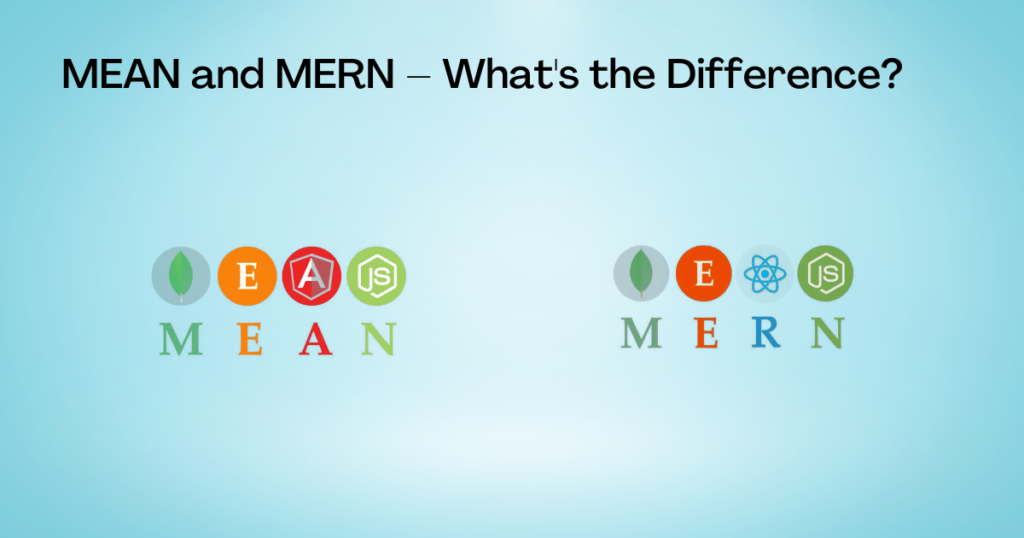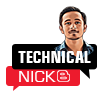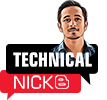The days of creating online solutions using CSS, HTML, and simple JavaScript are long gone. They are no longer suitable as they cannot provide applications with rapid scaling capabilities. End users want a richer experience with smoother performance and more features. The only way to successfully keep up with these growing demands is with a web stack.
What is Stack?
A stack is a basic data structure. It is linear and pursues a specific sequence in performing operations. In a stack, item deletion and insertion can only occur at one end, which is the top of the stack. Think of it as a pile of bricks where you can remove things by removing only the top brick. Similarly, adding bricks also occurs at the top. Programming uses this stack structure throughout. The LAMP stack helped spread awareness of the word “stack.”
L – Linux (operating system)
To – Apache (providing server)
M – MySQL (relational database)
NS – PHP (programming language)
MERN ** and Mean – Its Elements**
Today’s web solutions are complex and must be constantly modified and upgraded to meet user demands. So the stack has also evolved to accommodate the same. MERN and MEAN are two popular stacks used by web developers around the world. These stand for –
**MERN:** MongoDB, ExpressJS, ReactJS, NodeJS
- MongoDB is not just a SQL ( NoSQL ) class platform. It is a document-oriented database program that backend apps use to store data in the following formats: A JavaScript Object Notation (JSON) document.
- ExpressJS/Express is free and open source software. It is the de facto backend web application framework for NodeJS.
- Developed by ReactJS / React Facebook, is a front-end library for building JavaScript user interfaces.
- The Google-developed front-end web application framework is called AngularJS/Angular. Execute JavaScript code in the user’s browser to make your application’s user interface dynamic.
- NodeJS is a JavaScript runtime background that allows developers to implement applications in JavaScript on the backend.
| S.No. | MEAN Stack | MERN Stack |
| 1 | MongoDB, Angular, Express, and Node.js make up its technological stack. | Its technological foundation consists of MongoDB, React, Express, and Node. |
| 2 | It is a javascript framework. | It is an open source JS library. |
| 3 | It uses Typescript language. | It uses JavaScript, JSX. |
| 4 | It offers better productivity. | It offers low productivity. |
| 5 | Its learning curve is steep. | It offers far better documentation. |
| 6 | It helps in code management and rendering. | It facilitates smooth rendering. |
| 7 | Its flow of data is bidirectional. | Its flow of data is unidirectional. |
| 8 | It does not support mobile applications. | It supports mobile application. |
Why choose MERN Stack?
The MERN Stack’s JavaScript code does away with the need for context switching. React.js, a component of the MERN Stack, performs better for UI layer abstraction. MERN is a library with an approachable interface that enables programmers to run code quickly and supports the straightforward MVC architecture development process. The easiest to manage and update is a sizable dynamic JSON data collection that can be readily accessed from both the front end and the back end.
Benefits of MERN
Created to develop best-in-class web apps, the MERN stack is a combination of technologies. It’s a JavaScript stack made up of various open source components that provide end-to-end framework support for application developers.

The main benefits of MEARN are:
- The very building of React is a work that maintains its shape and renders itself. This is used by developers to create parts that are put together to create yet another part of the big picture. By breaking the big picture into smaller components, application developers can focus on one thing at a time. It also makes it easier to write and reason about the application as a whole. These elements or pieces communicate with one another by exchanging read-only attributes that contain data.
- It covers the entire web development cycle, both front-end (client-side) and back-end (server-side) using JavaScript.
- Supports Model View Controller (MVC) architecture to enable smooth development process flow.
- Since the JavaScript stack is used, developers should be proficient in JavaScript and JSON only.
- It uses the 4 most viable technologies namely MongoDB, ExpressJS, React and NodeJS.
- There are various pre-built test tools.
- It is an open source framework and is supported by a dedicated community.
- React allows the same code to run on both the browser and the server. This is possible only because of its isomorphism. This means that you can create pages on your server when you get the chance.
- React is a library, not a framework. Frameworks have parameters and guide developers to build apps. However, the library gives developers complete freedom to design their apps if they see fit to choose from the library’s many features.
Why Choose MEAN Stack?
The open-source architecture provided by MEAN Stack allows for flexible code transfer, which lowers the cost of developing websites and mobile applications. Additionally, MEAN Stack provides a foundation for building scalable applications and aids in the development of MVPs quickly.
Additionally, Mean Stack offers a variety of libraries, frameworks, and reusable modules within Stack for the advantage of businesses in terms of accelerating development. The MEAN Stack is ideal for start-ups because of its lower development costs and shorter development cycle.

Benefits of MEAN
MEAN is one of the fastest growing technology combinations. With responsive tools and plugins, MEAN reduces the time you spend managing your system. Some of the most complex websites and applications built today use it for faster deployment.
The main advantages of MEAN are:
- It is typically exceedingly challenging to convert code developed in one framework to another. MEAN makes it easy.
- MEAN is so flexible that you can easily test your application on the cloud platform. Applications can be designed and tested as well as deployed in the cloud. Developers can also add more information by adding fields to the form.
- It covers the entire web development cycle, both front-end (client-side) and back-end (server-side) using JavaScript.
- Supports Model View Controller (MVC) architecture to enable smooth development process flow.
- Web application development has become more fluid and organized by eliminating all unnecessary tedious work.
- We use 4 of the best technologies including MongoDB, Express.JS, Angular.JS and Node.JS.
- There are various pre-built test tools.
- The framework is open source and supported by a dedicated community.
- MEAN is more cost effective as it only requires proficiency in JavaScript.
- The transition between client and server is made simple with MEAN. You can also launch the application directly on the server, except for deployment to standalone servers.
MERN Vs. Mean – Difference

The main difference between MERN and MEAN is whether you choose React or Angular. The React framework is lightweight and specifically designed for seamlessly developing single-page or multi-page hybrid web user interfaces. Angular, on the other hand, is primarily used in single-page applications (SPAs), which authorizes the rendering of an entire page without refreshing the page, thus providing a seamless and smooth user experience.
Final Thoughts
MEAN has been on the market for much longer than MERN, but MERN is slowly gaining popularity. MERN and MEAN are both sensible and practical solutions. However, the final choice will depend on the needs of the project and the familiarity of the application developer with the technology involved. Both are open source and use almost the same mix of technologies, so you have to decide between React and Angular.
Author Bio
Pryanka is a Digital Marketing Executive at Sparkout Tech Solutions. She designs marketing strategies with the intention of using high-quality content to educate and engage audiences. Her specialties include social media marketing specialist, SEO, and she works closely with B2B and B2C businesses, providing digital marketing strategies that gain social media attention and increase your search engine visibility.
To Read More Tech Blogs Visit: Technical Nick

















